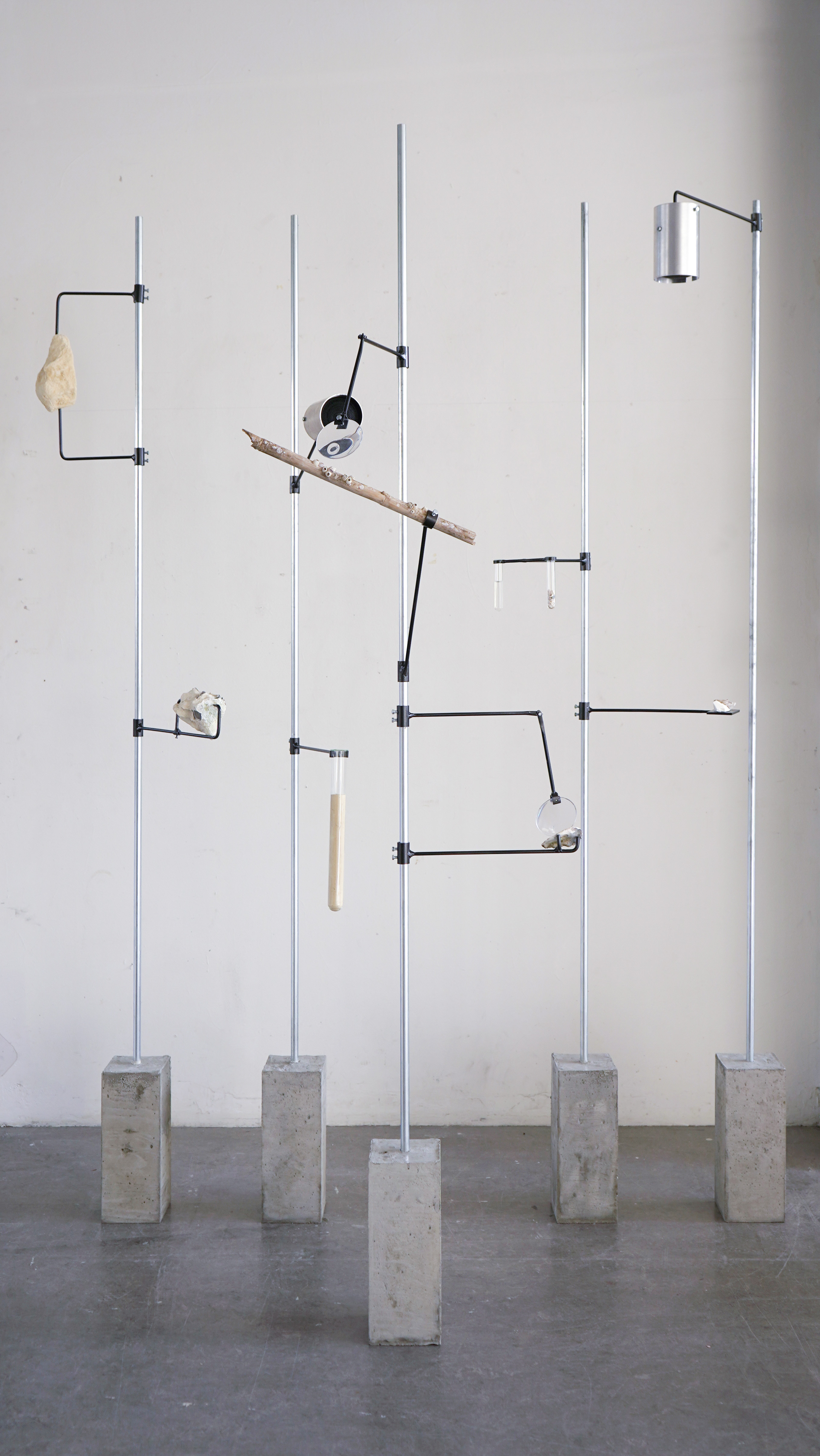
Ferrante Imperato, Dell'Historia Naturale (1599), the earliest illustration of a natural history cabinet
Collaborative project together with Soph Boobyer, Siliang Li & Miguel Teodoro
Ontologies for sea agents have, in many languages, generated terms from a land orientated perspective. Examples including seagrass, seaweed, and seasnail infer namesake sea-version of a terrestrial agent.
In a less literal manner, species such as barnacles have also derived their name from the land - one of its oldest etymological routes comes from the Celtic baranikos, meaning a hill or rocky barren place.
How do we then generate more sea-orientated-knowledge?
DISSOLVING BODIES acts as both physical installation and online platform to present the material and symbiotic interdependencies of calcium carbonate encountered at the intertidal zone, one of the most abundant substances found in this ecology in manifold morphologies.
Information for both repositories are gathered through sensing methodologies; akin to fieldwork these are alternative modes to traditional visual-based knowledge and classification, instead using sonic registrations and other more bodily and viscercal sensing.
The physical installation of DISSOLVING BODIES critiques traditional archives such as the Cabinet of Curiosity.
How can digital recordings manifest the intertidal zone in an exhibition space, or if choosing to displace elements from the intertidal zone, how can interactions with them be encouraged towards more sensory and active understanding?

Project integrated in the course “Pedagogies of the Sea”, tutored by Angela Rui and Meredith Root-Bernstein. The research was situated in the ecological and geopolitical conditions of the Venice Lagoon.
This project was develop in collaboration between Zoop/het Nieuw institut, TBA21-Academy and Ocean Space